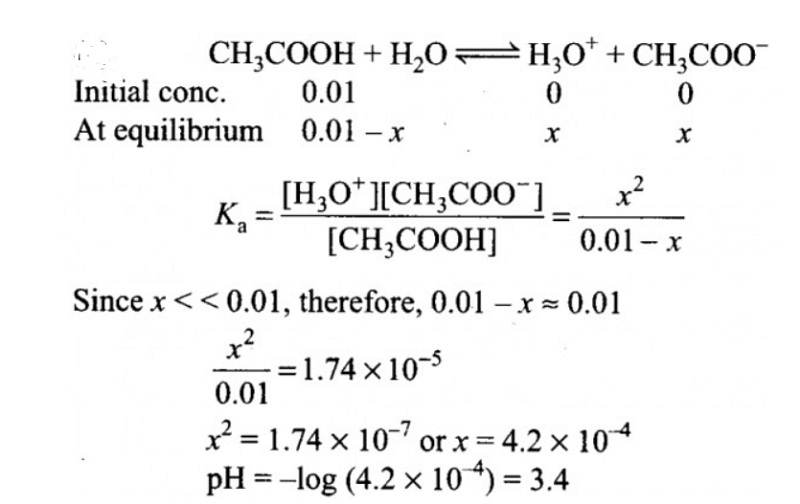NEET Exam > NEET Tests > Daily Test for NEET Preparation > Test: Acids Bases and Salts (July 29) - NEET MCQ
Test: Acids Bases and Salts (July 29) - NEET MCQ
Test Description
10 Questions MCQ Test Daily Test for NEET Preparation - Test: Acids Bases and Salts (July 29)
Test: Acids Bases and Salts (July 29) for NEET 2024 is part of Daily Test for NEET Preparation preparation. The Test: Acids Bases and Salts (July 29) questions and answers have been
prepared according to the NEET exam syllabus.The Test: Acids Bases and Salts (July 29) MCQs are made for NEET 2024 Exam. Find important
definitions, questions, notes, meanings, examples, exercises, MCQs and online tests for Test: Acids Bases and Salts (July 29) below.
Solutions of Test: Acids Bases and Salts (July 29) questions in English are available as part of our Daily Test for NEET Preparation for NEET & Test: Acids Bases and Salts (July 29) solutions in
Hindi for Daily Test for NEET Preparation course. Download more important topics, notes, lectures and mock
test series for NEET Exam by signing up for free. Attempt Test: Acids Bases and Salts (July 29) | 10 questions in 20 minutes | Mock test for NEET preparation | Free important questions MCQ to study Daily Test for NEET Preparation for NEET Exam | Download free PDF with solutions
Test: Acids Bases and Salts (July 29) - Question 1
Direction (Q. Nos. 1-15) This section contains 15 multiple choice questions. Each question has four choices (a), (b), (c) and (d), out of which ONLY ONE option is correct.
Q. Which of the following is least likely to behave as Lewis base?
Detailed Solution for Test: Acids Bases and Salts (July 29) - Question 1
Test: Acids Bases and Salts (July 29) - Question 2
Which of the following is not acid-base conjugate pair?
Detailed Solution for Test: Acids Bases and Salts (July 29) - Question 2
| 1 Crore+ students have signed up on EduRev. Have you? Download the App |
Test: Acids Bases and Salts (July 29) - Question 3
Which one of the following molecular hydrides acts as a Lewis acid?
Detailed Solution for Test: Acids Bases and Salts (July 29) - Question 3
Test: Acids Bases and Salts (July 29) - Question 4
In the following reaction,
Species behaving as Bronsted-Lowry acids are
Detailed Solution for Test: Acids Bases and Salts (July 29) - Question 4
Test: Acids Bases and Salts (July 29) - Question 5
Which of the following will produce a buffer solution when mixed in equal volumes ?
Detailed Solution for Test: Acids Bases and Salts (July 29) - Question 5
Detailed Solution for Test: Acids Bases and Salts (July 29) - Question 6
Detailed Solution for Test: Acids Bases and Salts (July 29) - Question 7
*Answer can only contain numeric values
Test: Acids Bases and Salts (July 29) - Question 8
What will be the value of pH of 0.01 mol dm–3 CH3COOH (Ka = 1.74 × 10–5)?
Detailed Solution for Test: Acids Bases and Salts (July 29) - Question 8
*Answer can only contain numeric values
Detailed Solution for Test: Acids Bases and Salts (July 29) - Question 9
*Answer can only contain numeric values
Test: Acids Bases and Salts (July 29) - Question 10
For A- + H2O ⇔ HA + OH-, Kb = 1 x 10-12
Thus, pKa of HA + H2O ⇔ H3O+ + A- is ........
Detailed Solution for Test: Acids Bases and Salts (July 29) - Question 10
|
12 docs|366 tests
|
Information about Test: Acids Bases and Salts (July 29) Page
In this test you can find the Exam questions for Test: Acids Bases and Salts (July 29) solved & explained in the simplest way possible.
Besides giving Questions and answers for Test: Acids Bases and Salts (July 29), EduRev gives you an ample number of Online tests for practice


















